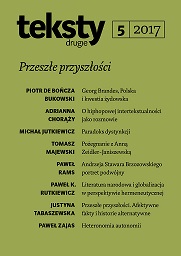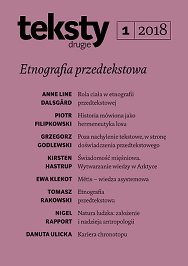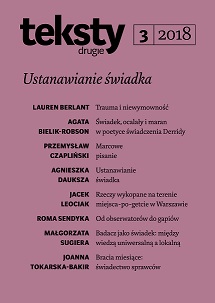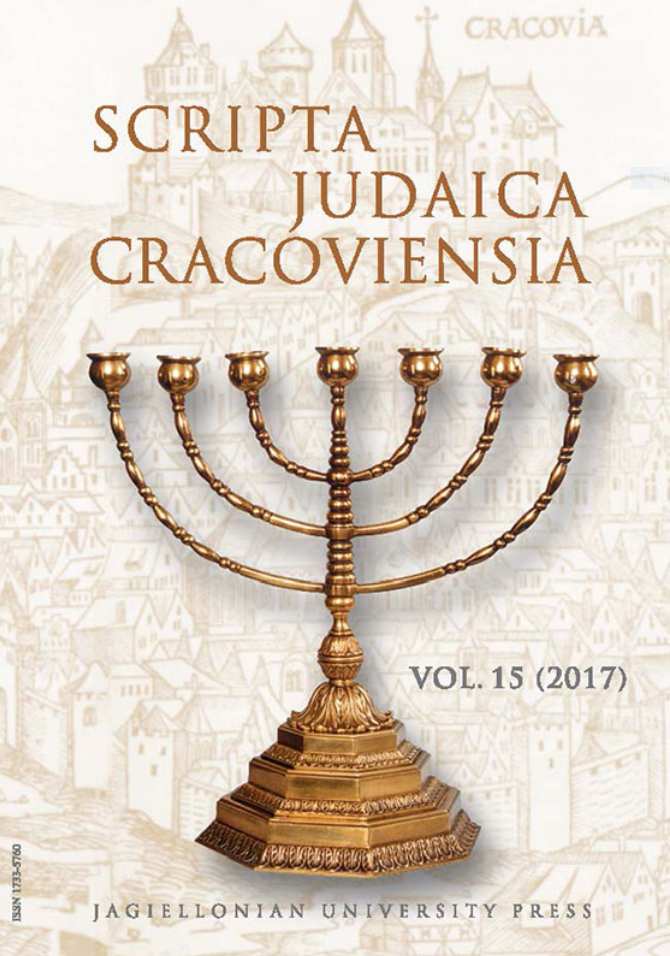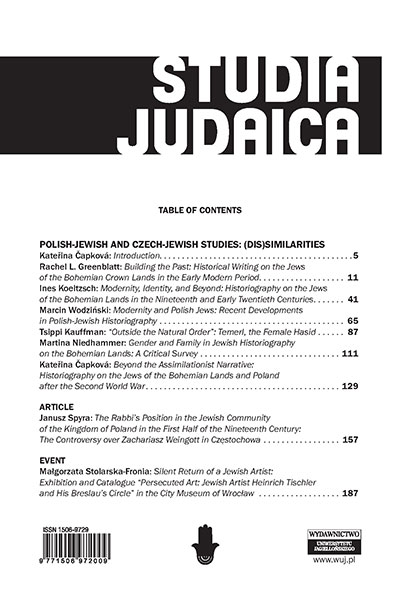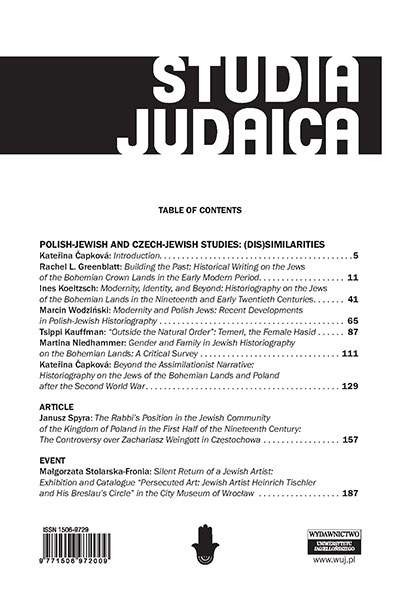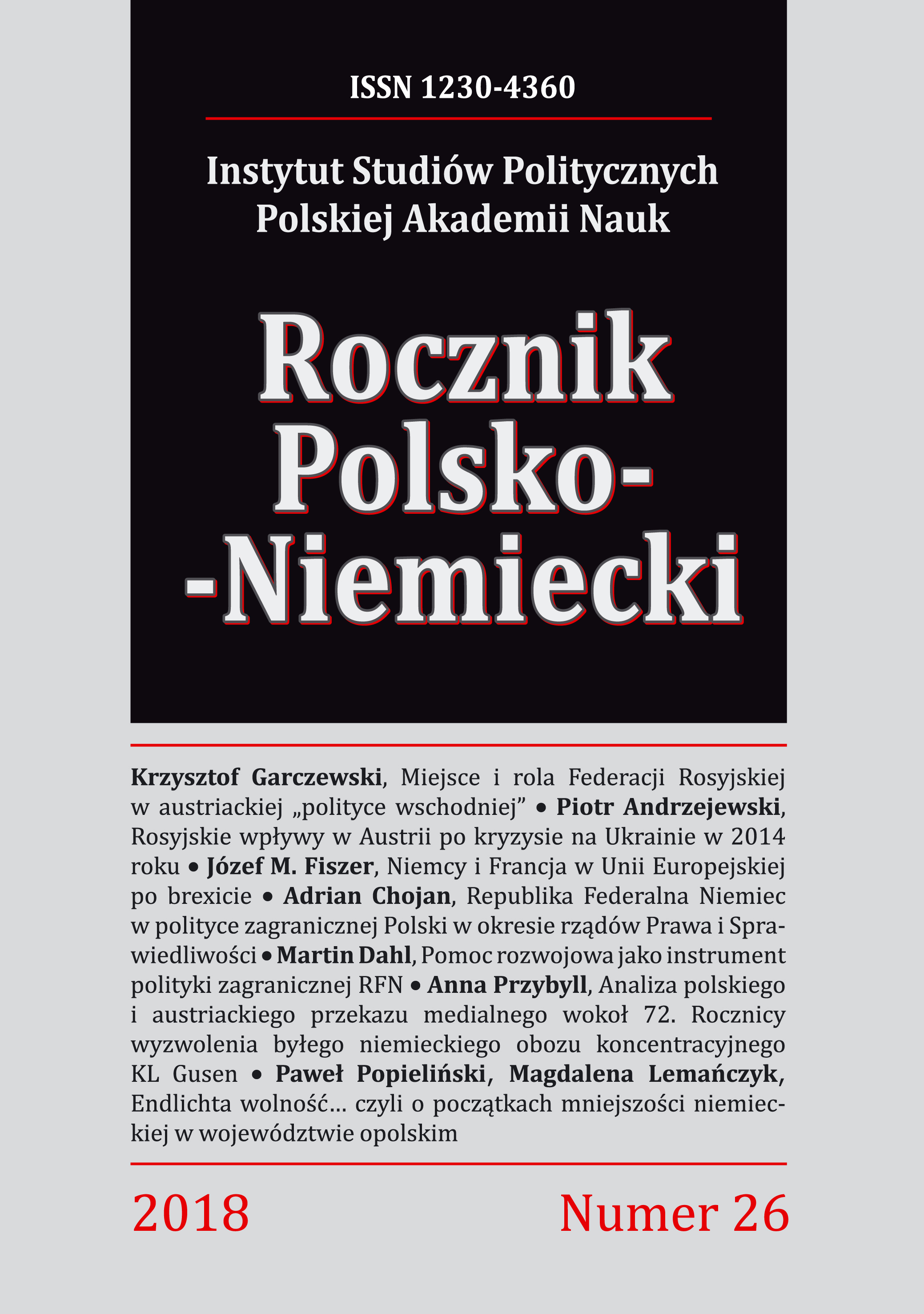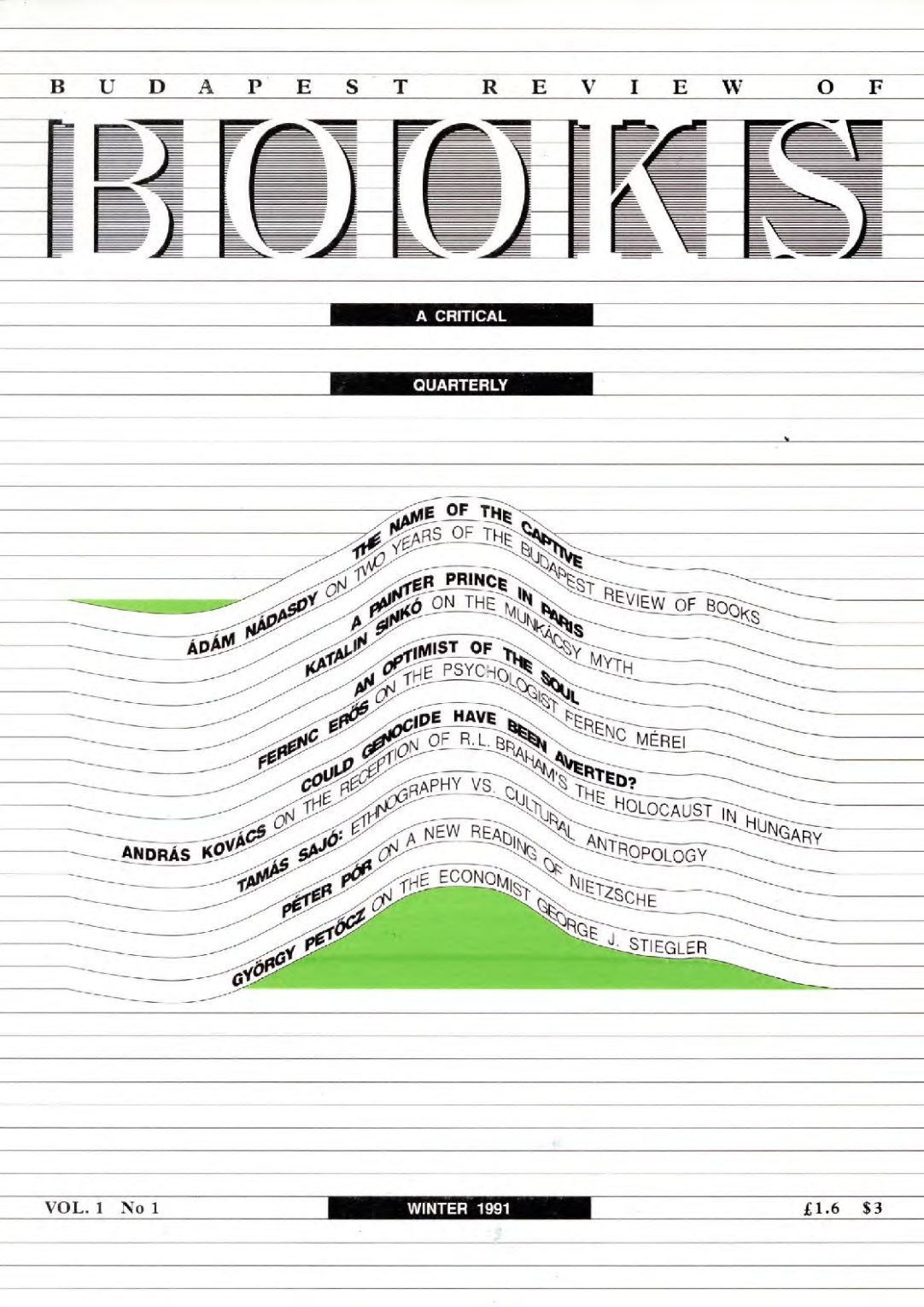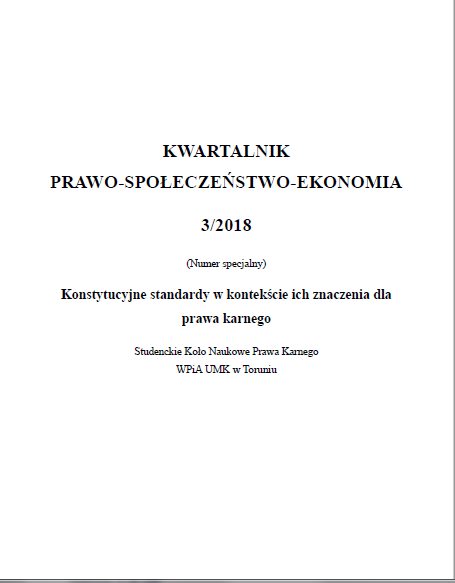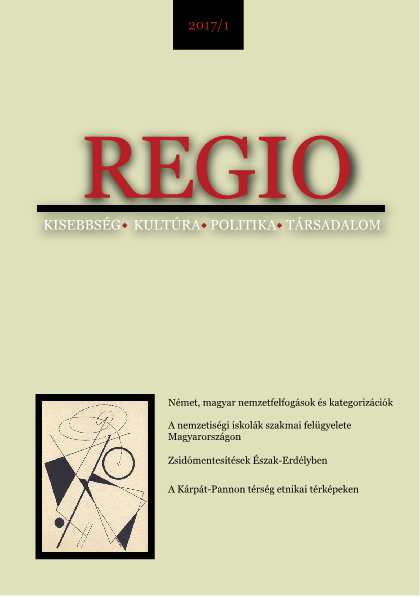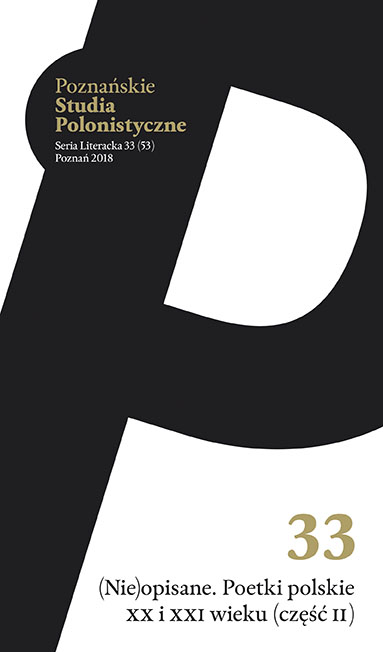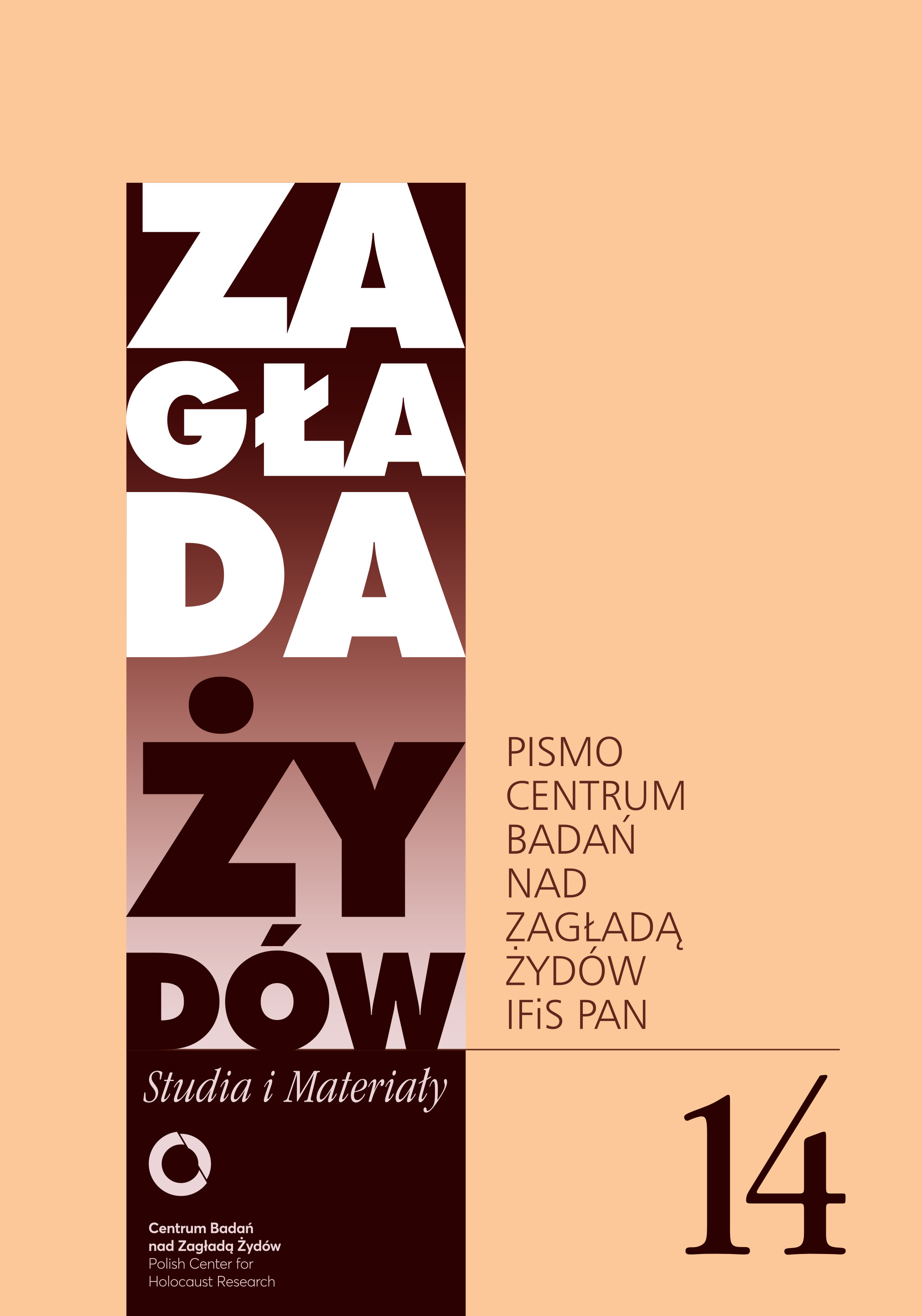Холокауст као екстремни облик страдања цивила окупиране Србије – нумеричко одређење и квантитативна анализа
The losses of Jews in the Holocaust were separated from the massive killing of civilians from the territory of occupied Serbia for many reasons. Destined in advance to destruction from the Nazis, Jews accounted to 11.20% of the losses, which was 33.94 times higher than their share in the population of the occupied territory (0.33%). Given the presence in the population, the real losses of the Jews were 36 times bigger then the number of killed Serbs who suffered the greatest number of civilian casualties (80.19%). The extermination of the Jewish community started in the ϐirst year of the war, and unlike all other nations, practically ended by its destruction in 1942, in which they represented two-ϐifths of the losses incurred by then (39.37%). In the Holocaust, destroyed Jews made up one third of the victims of the Belgrade region and two-ϐifths of the civilians losses in Banat. The share of women amongst the exterminated Jews (47.02%) was 3.61 and 1.97 times higher compared to the losses of Serbs and members of other and unknown nationalities, respectively. The Jews accounted for almost a third of all killed women (29.67%) in the occupied territory. Completely destroyed as a nation, Jews had a large share among the casualties under 15 and over 65 years of age (3.27 or 2.32 times more than Serbs), and they accounted for a quarter of all casualties aged up to 15 and a ϐifth of civilian casualties aged 65 and older. Their destruction left a major impact on economic and social development in post war peri od, since they represented one-ϐifth of the losses that businessmen, ofϐi cials and experts, secondary school and university students suffered. The loss of life that was associated with the previous stay in the concentration camp made Jews account for one third of the loss of civilians of the occu pied Serbia who were victims under these circumstances.
More...
